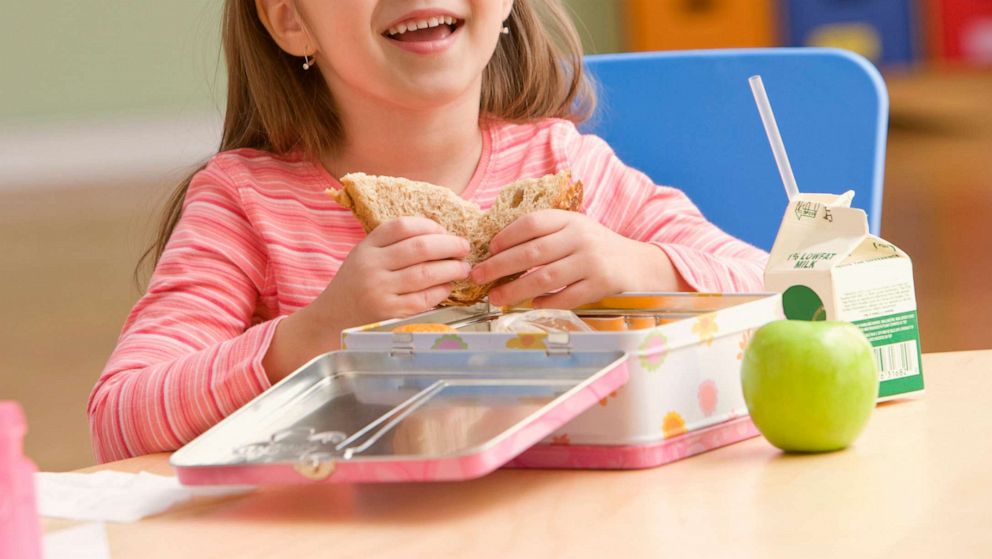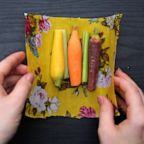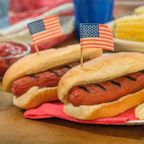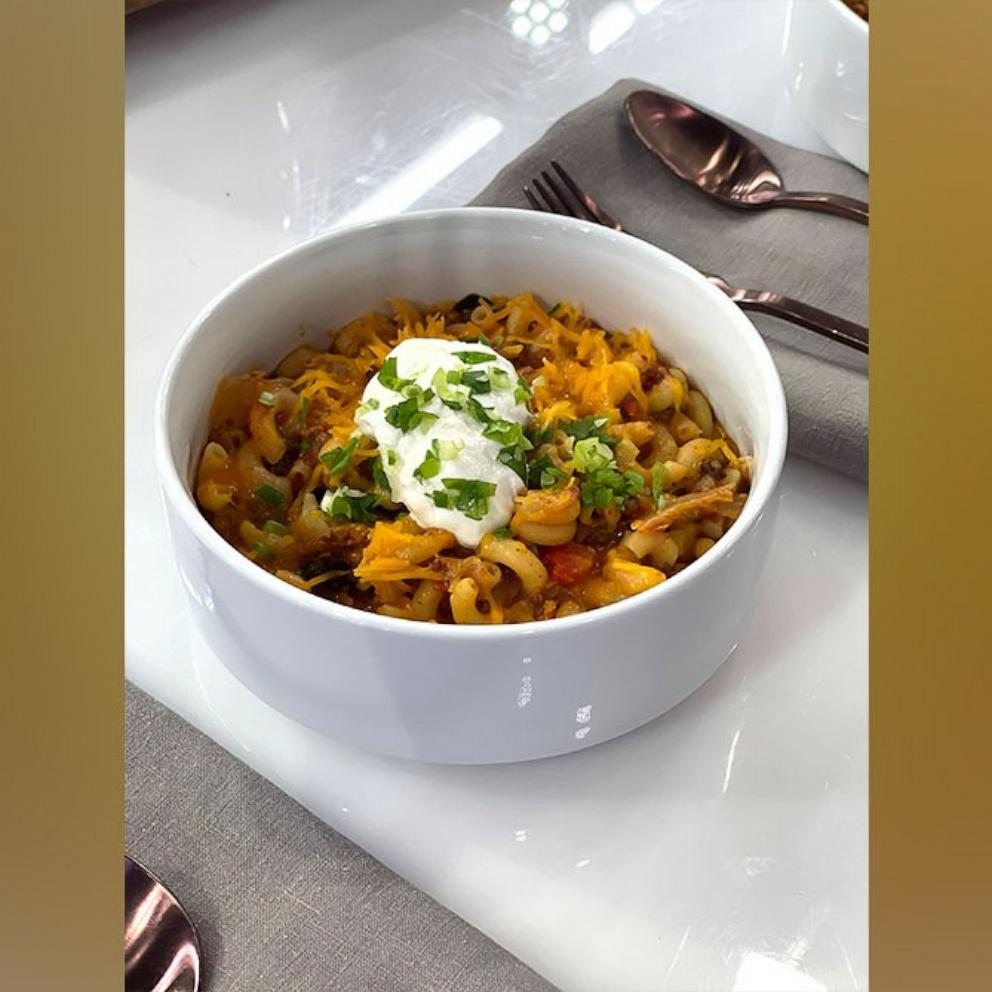Is your kid's lunch safe to eat? Expert food safety tips for back-to-school meal prep

Although lunch boxes and insulated containers to ensure temperature control have largely taken the place of brown paper bags at lunchtime, there are still a few easy-to-follow food safety practices that every parent or guardian should keep in mind before sending students off to school this fall.
According to the U.S. Department of Agriculture, school and work lunches can become dangerous if not kept at ideal temperatures -- hot food must remain hot, while cold foods must be kept cold -- otherwise, bacteria can multiply and make a person sick when they finally eat it.
Food safety tips, best practices for school lunch
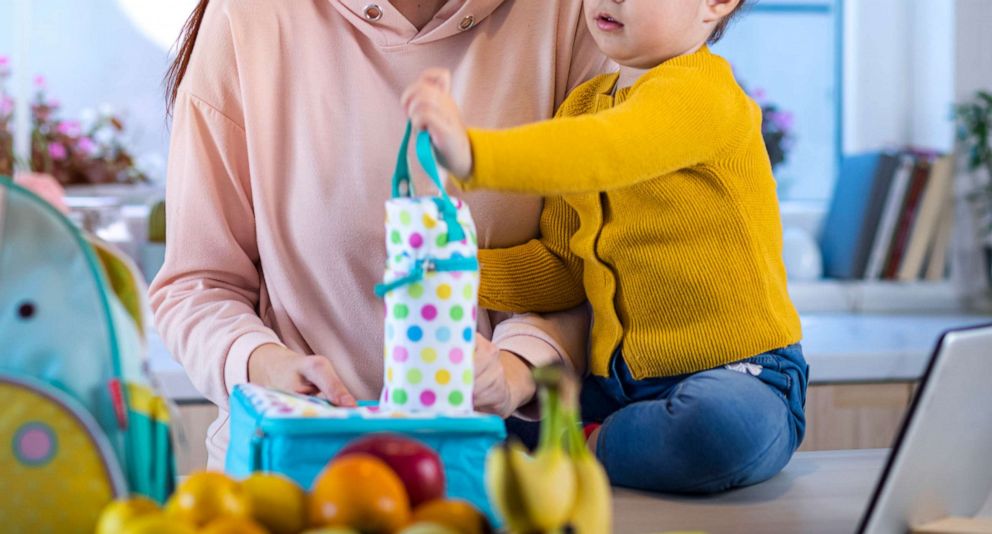
USDA Food Safety and Inspection Service public affairs specialist Kenneth King recently shared his top tips for caregivers to "make the food safety honor roll" in a blog post for the agency. Check out his suggestions to implement in your own kitchen this school year.
Keep cold foods cold and hot foods hot
The USDA recommends using an insulated lunch box to keep food safe.
"Paper bags are risky because they don't allow for proper cooling of food. Always use at least two cold sources like frozen gel packs, frozen juice boxes, or frozen water bottles to keep foods cold," he wrote. "Foods that sit out at room temperature are at risk of entering the 'Danger Zone,' which is between temperatures of 40 and 140 degrees F, where bacteria can multiply quickly and cause illness."
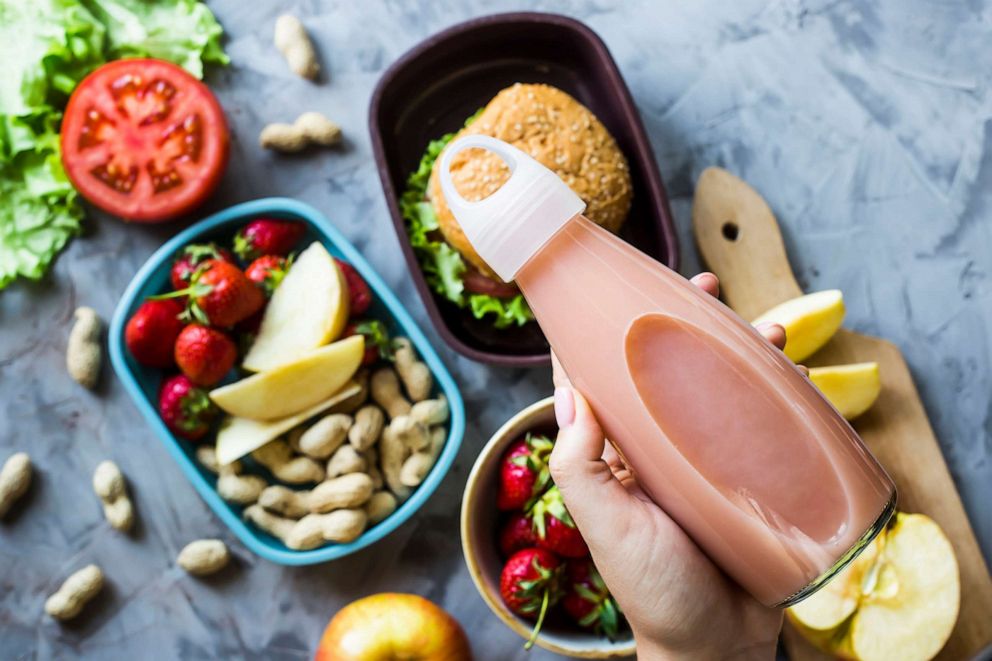
By that same logic, King said hot foods like soups or stews should be stored in an insulated container to keep the food hot at 140 F or above until lunchtime.
While a thermos is more commonly used for hot soups, pasta and stews, it can also be used for cold dishes like salad.
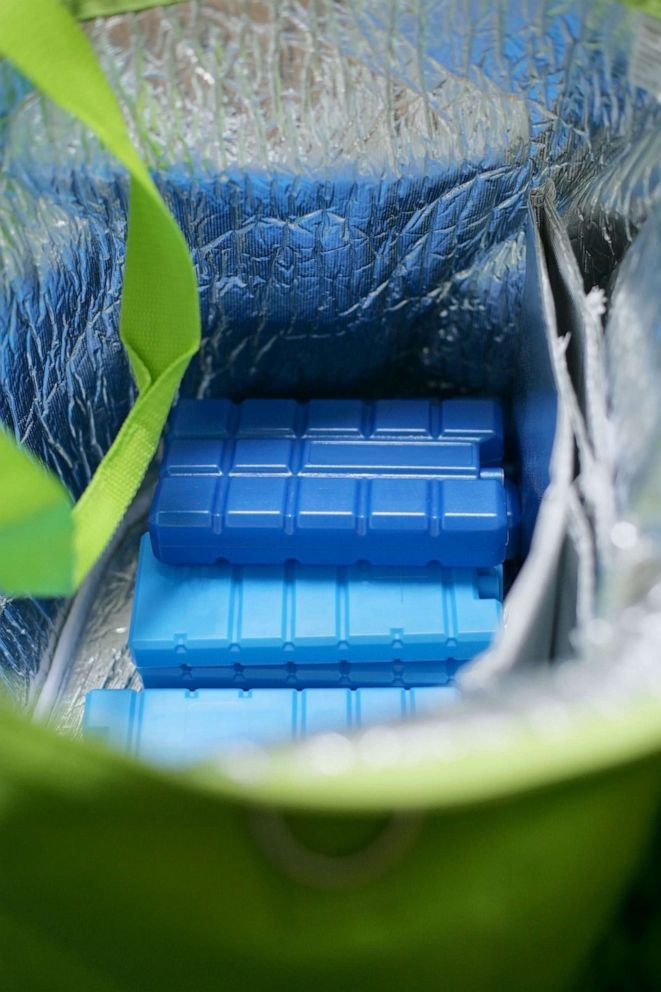
For best results, rinse out a thermos with very hot water to heat it before adding hot soups or rinse it out with ice water to chill the thermos before adding cold things.
Meal prepping tips
"If preparing lunch the night before school and refrigerating overnight, take the bag or lunchbox out just before leaving home," King wrote. "Pack just the amount of perishable food that can be eaten at lunchtime. That way, there won't be a problem about the storage or safety of leftovers."
4 rules for school lunch food safety
Because food is particularly susceptible to contamination in a variety of ways, including the potential spread of germs during the prep and packing process, here are four ways to ensure safe handling and storing to reduce the risk of foodborne illness.
Clean: Wash hands with soapy water for 20 seconds before touching food. If your hands have a cut or sore, wear gloves while prepping the meal.
Separate: Keep raw meats separate from ready-to-eat food.
Cook: Use a food thermometer in the thickest point to check that meat and poultry are fully cooked to a safe internal temperature -- 165 F for poultry, ground and stuffed meats, and 145 F for seafood, steaks and roasts.
Chill: Refrigerate or freeze foods promptly when first purchased. Discard any foods that are left at room temperature for over two hours.
Additional expert advice to avoid foodborne illness
According to the National Library of Medicine and Centers for Disease Control and Prevention, higher risk foods include undercooked red meats and poultry, eggs, unpasteurized cheese, dairy products, raw sprouts, and raw fish or shellfish.
The symptoms of foodborne illnesses vary, but typically include "stomach problems or stomach upset, including nausea, vomiting, and/or diarrhea," the institute states. "Foodborne illnesses may be severe and fatal. Young children, older adults, pregnant women, and people who have a weakened immune system are especially at risk."
To avoid cross-contamination during prep work, health experts advise washing cutting boards and utensils with hot water and soap after preparing each food item and separating meat, poultry, and seafood from other foods.
